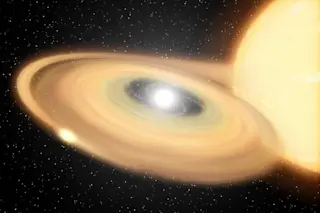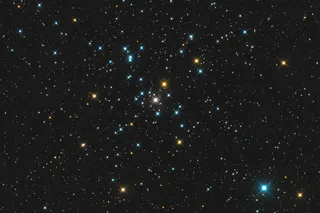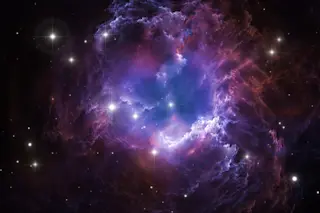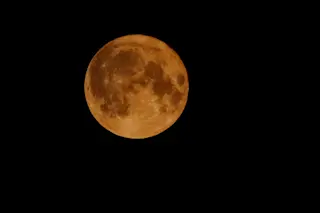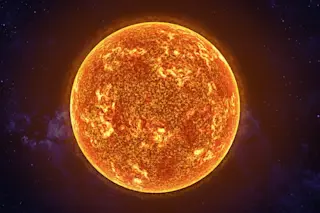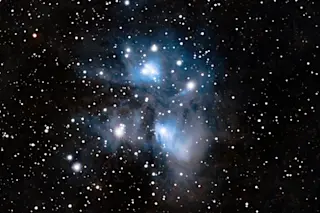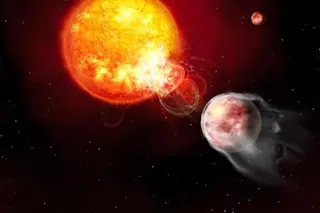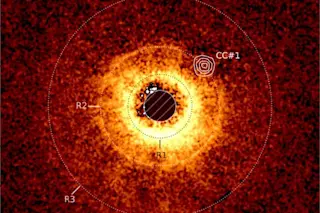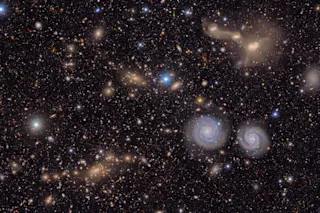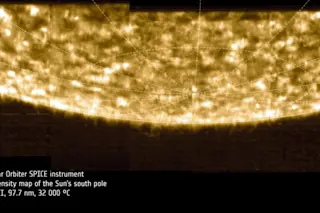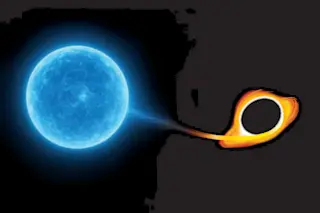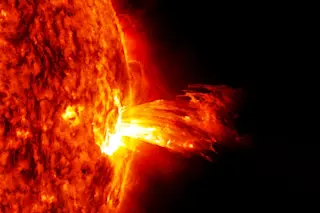By the end of the 21st century, stargazers may witness a “new star” seem to appear in the constellation Sagitta the Arrow. Located roughly 7,800 light-years away, the two stars, collectively called V Sagittae, are spiraling closer and closer together. And as they twirl around each other, the larger star is dumping material onto its smaller, white dwarf companion. Ultimately, the two will collide and coalesce, creating a powerful burst of light that astronomers estimate will make V Sagittae the brightest star in the night sky for about a month.
By referring to an archive of observations dating back more than a century, a team of researchers recently determined the two stars in the V Sagittae system have been spiraling in toward each other at an ever-increasing rate. Currently, it takes about 12 hours for the stars to orbit each other once; but as they keep getting closer, the pair ...


